Embarking on a journey beyond Earth’s atmosphere exposes the human body to unique challenges. The microgravity environment, increased radiation, and confined living conditions aboard spacecraft and space stations can lead to a range of physiological and psychological changes. These adaptations underscore both the marvels and obstacles of extended life in space. Understanding these effects is crucial for ensuring the health and safety of astronauts during current and future missions. (nasa.gov)
1. Muscle Atrophy
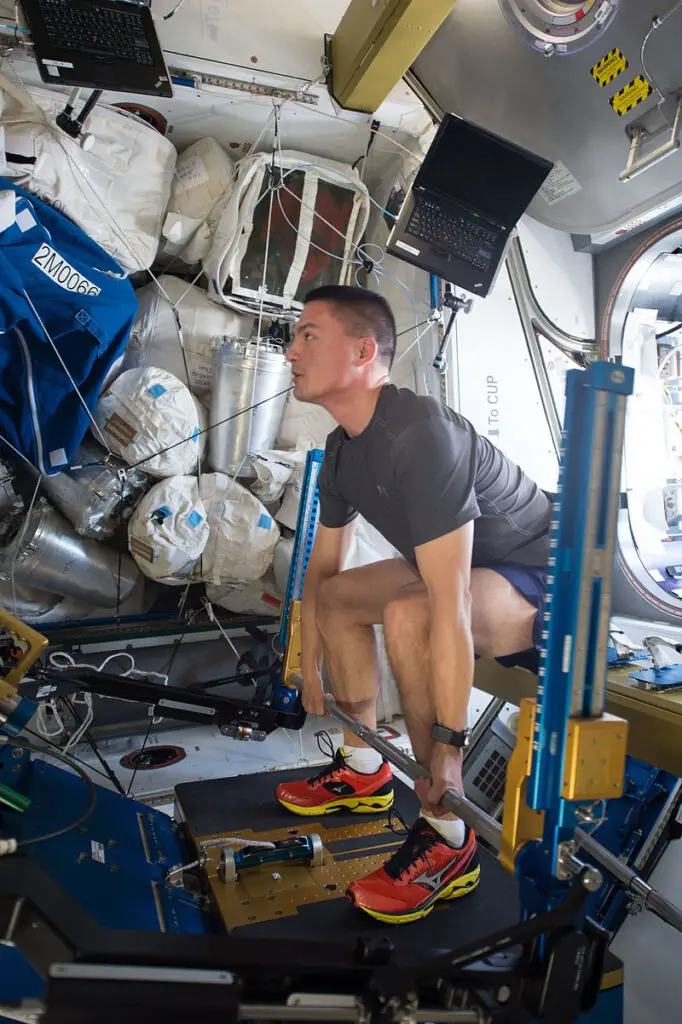
In the microgravity environment of space, the absence of Earth’s gravitational pull reduces the need for muscles to support the body, leading to muscle atrophy. Astronauts can experience up to a 20% loss of muscle mass within just 5 to 11 days of spaceflight. (en.wikipedia.org) To counteract this, astronauts engage in daily exercise routines, including the use of the Advanced Resistive Exercise Device (ARED), which simulates weightlifting to maintain muscle strength and mass. (nasa.gov)
2. Bone Density Loss
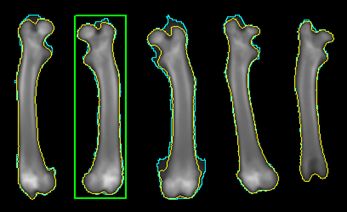
In the microgravity environment of space, astronauts experience significant reductions in bone mineral density, particularly in weight-bearing bones. On average, they can lose between 1% and 1.5% of bone density each month during missions lasting four to six months. This accelerated bone loss increases the risk of fractures upon returning to Earth’s gravity. To mitigate this, astronauts engage in daily exercise routines and may receive medications like bisphosphonates to help preserve bone strength. (nasa.gov)
3. Fluid Redistribution
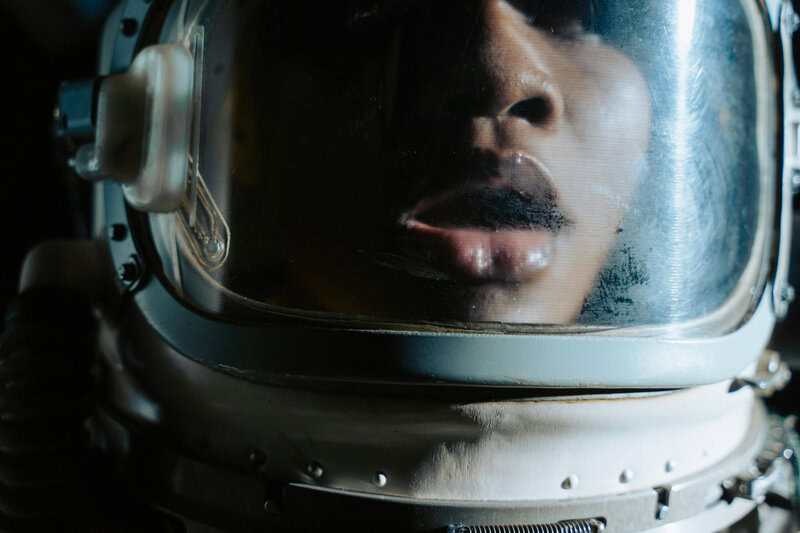
In the microgravity environment of space, bodily fluids shift toward the upper body, leading to facial puffiness and nasal congestion. This redistribution reduces fluid in the legs, causing a condition colloquially known as “bird legs” among astronauts. Studies have shown that during spaceflight, the volume in the lower limbs decreases by about 10% compared to preflight. (cmaj.ca)
4. Impaired Immune System
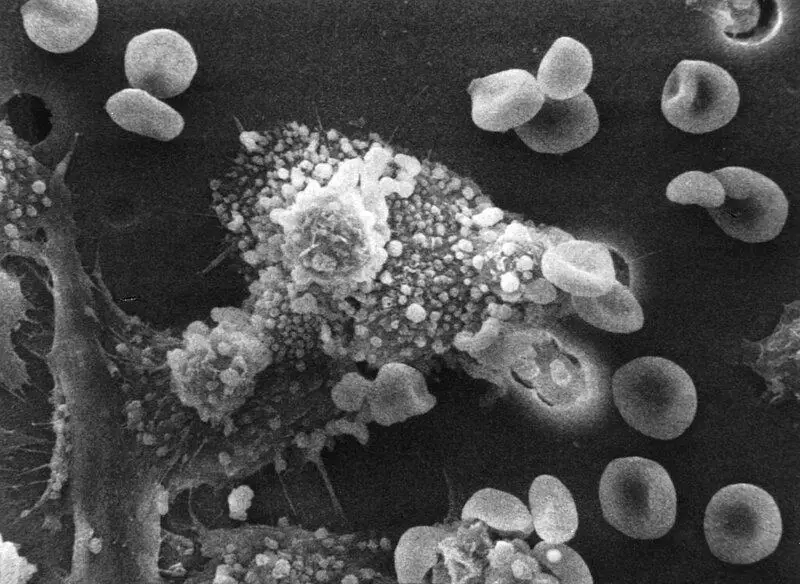
Space travel can suppress the immune system, making astronauts more susceptible to illness and infection. Factors such as stress, microgravity, and space radiation contribute to this suppression. Studies have shown that exposure to microgravity leads to downregulation of immune-related genes in white blood cells, impairing their function. This can result in reactivation of latent viruses and increased inflammation. Research is ongoing to understand these effects and develop countermeasures. (nasa.gov)
5. Vision Changes
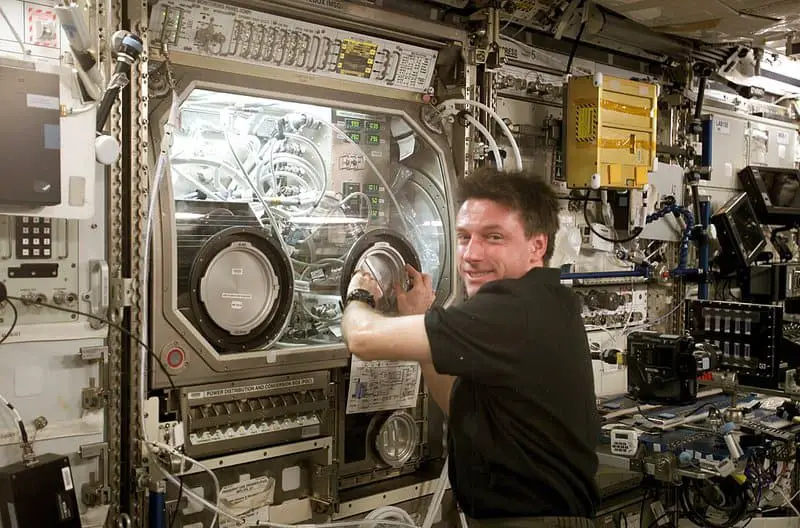
Extended stays in space often result in Spaceflight-Associated Neuro-ocular Syndrome (SANS), causing blurry vision and even structural changes to the eye. Fluid shifts and increased intracranial pressure are believed to compress the optic nerve. Some astronauts return with permanently altered eyesight. (nasa.gov)
6. Altered Sleep Patterns

In space, astronauts experience disrupted sleep due to the absence of a natural day-night cycle, as the International Space Station orbits Earth approximately every 90 minutes. This constant exposure to light and darkness can lead to circadian rhythm misalignment, resulting in sleep disturbances such as insomnia and fatigue. These disruptions can negatively impact cognitive performance and overall well-being. To mitigate these effects, astronauts use sleep-promoting medications and adhere to structured sleep schedules. (pubmed.ncbi.nlm.nih.gov)
7. Radiation Exposure
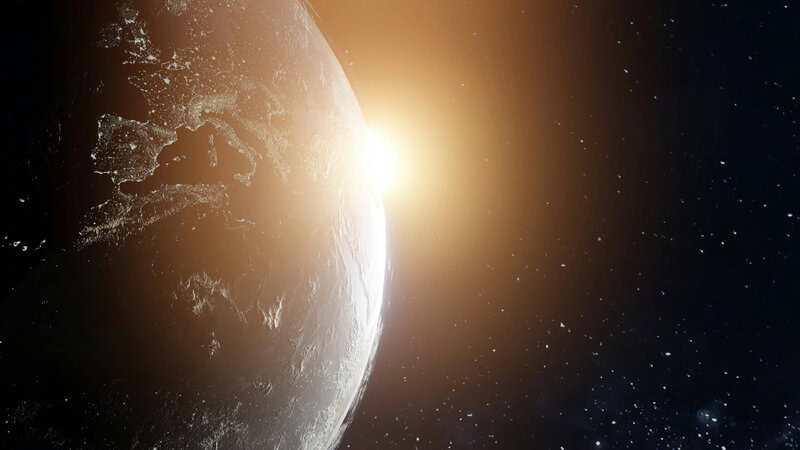
Beyond Earth’s protective atmosphere, astronauts are exposed to higher levels of cosmic radiation, which increases cancer risk and can damage DNA. Shielding and careful mission planning are critical to mitigate effects. (nasa.gov)
8. Cardiovascular Deconditioning
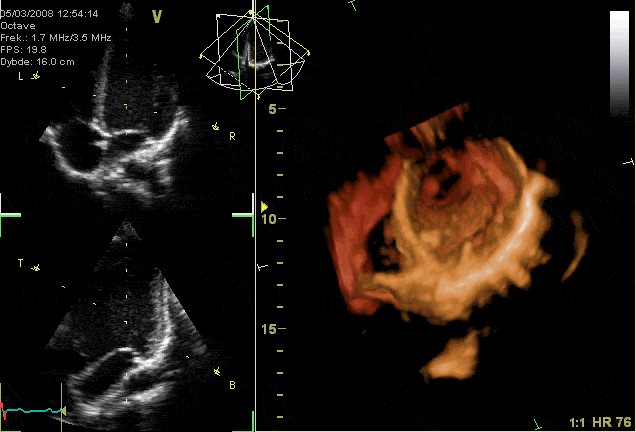
In the microgravity environment of space, the heart no longer works against gravity, leading to reduced cardiac output and altered blood distribution. This can cause orthostatic intolerance—dizziness or fainting upon re-entry to Earth’s gravity. Studies have shown that astronauts experience a decrease in stroke volume and cardiac output during spaceflight, which can persist postflight, contributing to orthostatic intolerance. (pmc.ncbi.nlm.nih.gov) To mitigate these effects, astronauts engage in regular cardiovascular exercise and may use countermeasures like lower body negative pressure devices to maintain cardiovascular health. (pubmed.ncbi.nlm.nih.gov)
9. Changes in Gut Microbiome

Space travel alters the balance of gut bacteria, potentially impacting digestion, immunity, and even mental health. Diet, stress, and the closed environment all contribute to these microbiome shifts. Studies have shown that spaceflight can lead to a decrease in beneficial bacteria and an increase in opportunistic pathogens, which may affect overall health. (nih.gov)
10. Height Increase
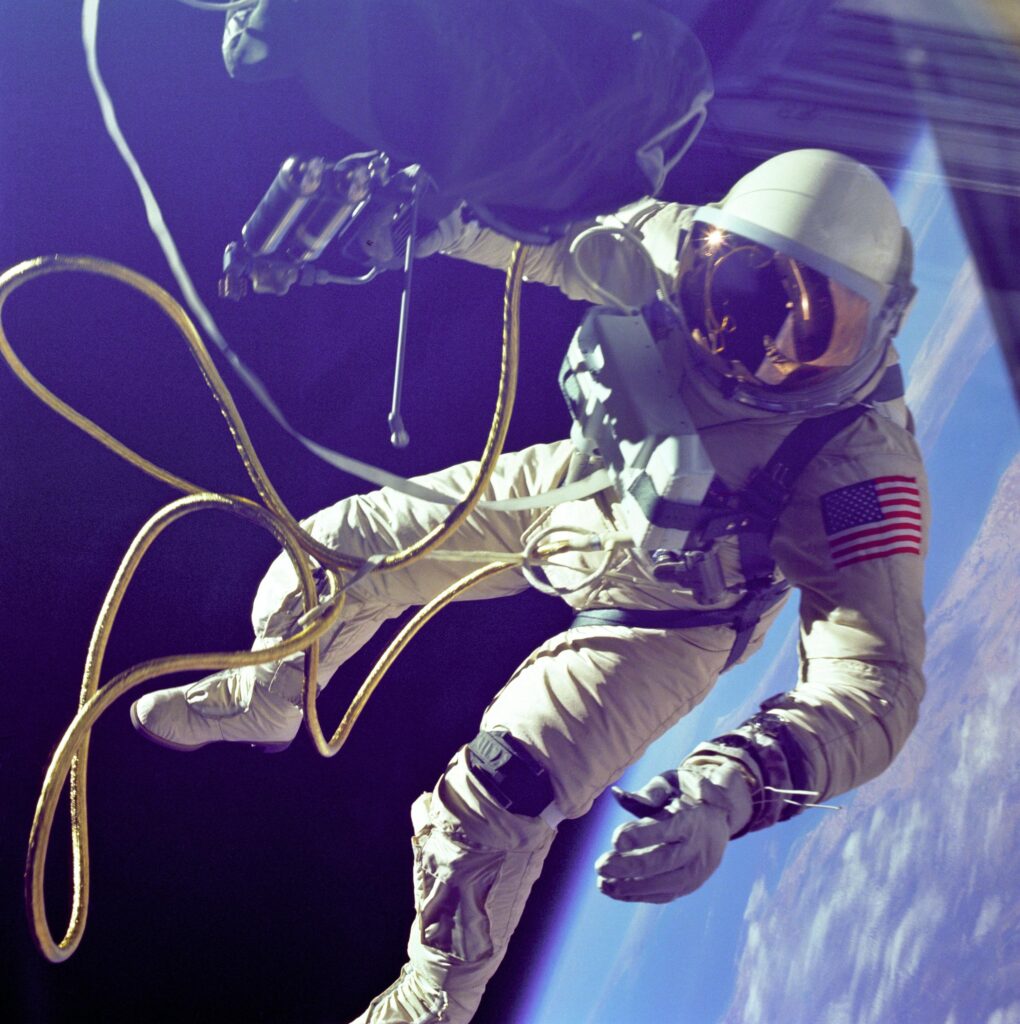
In the microgravity environment of space, astronauts can experience a temporary increase in height due to the decompression of their spinal discs. This elongation can add up to 2 inches (5 centimeters) to their stature. However, this effect is short-lived; upon returning to Earth’s gravity, the spine compresses back to its normal length, and astronauts revert to their pre-flight height. (nasa.gov)
11. Balance and Coordination Problems
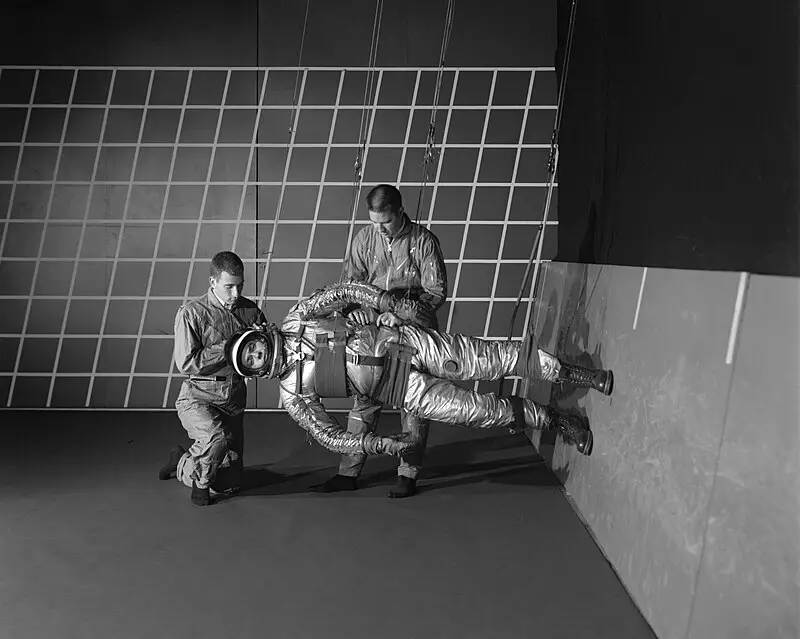
In the microgravity environment of space, astronauts often experience space motion sickness, characterized by symptoms such as dizziness, nausea, and disorientation. This condition arises because the vestibular system, responsible for balance, becomes confused without the gravitational cues present on Earth. Approximately 60% to 80% of astronauts encounter these symptoms during the initial days of spaceflight and upon return to Earth’s gravity. To mitigate these effects, NASA employs countermeasures, including medications like promethazine and pre-flight adaptation training. (pubmed.ncbi.nlm.nih.gov)
12. Slower Wound Healing
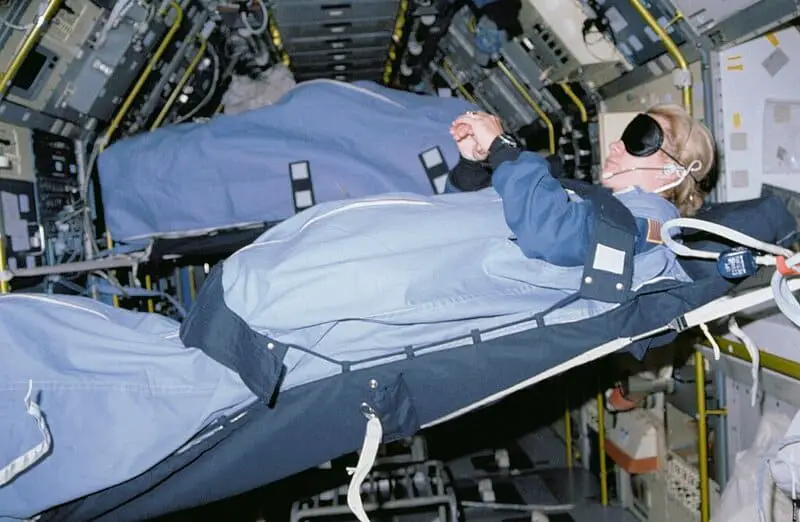
In the microgravity environment of space, astronauts experience delayed wound healing due to altered immune responses and changes in tissue regeneration. Studies have shown that microgravity can impair cellular functions involved in wound repair, such as phagocytosis, cell migration, and proliferation. Additionally, the space environment can lead to skin atrophy and increased susceptibility to infections, further complicating the healing process. These factors heighten the risk from even minor injuries during missions. (pubmed.ncbi.nlm.nih.gov)
13. Increased Stress Levels
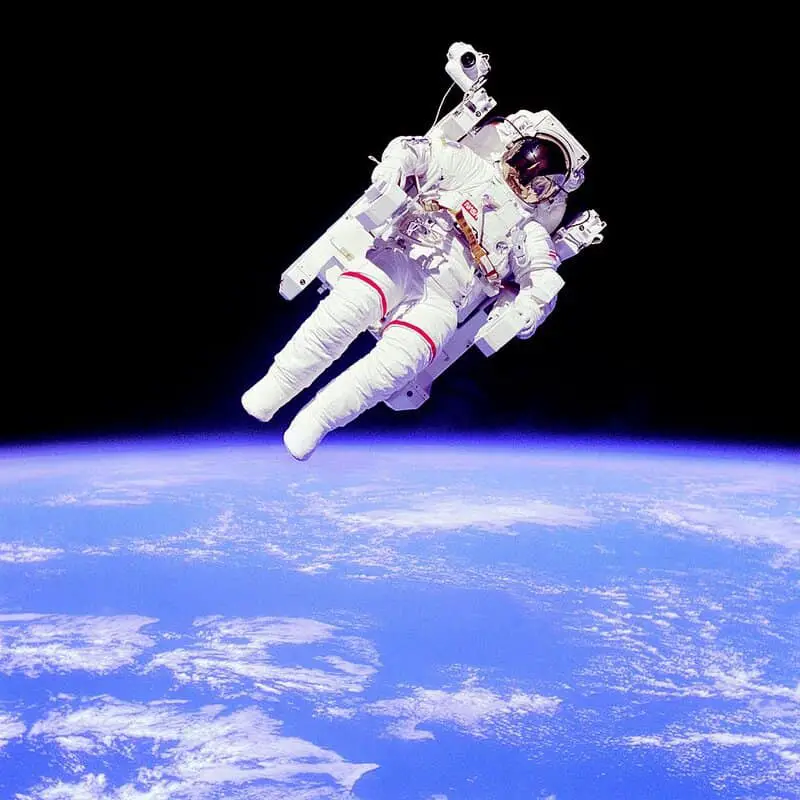
Isolation, confinement, and the demanding environment of space can elevate stress hormones like cortisol in astronauts. Prolonged high stress can affect mood, cognitive function, and long-term health, making psychological support essential. Studies have shown that long-term isolation can lead to conflict and emotional deterioration, which may, in turn, lead to problematic behaviors that interfere with productivity and interpersonal relationships. (pmc.ncbi.nlm.nih.gov)
14. Changes in Gene Expression

Studies, including the NASA Twins Study, have shown that spaceflight can temporarily alter the expression of hundreds of genes linked to immune function, inflammation, and DNA repair. (nasa.gov) These changes typically revert after return, but some may have lasting effects. (pubmed.ncbi.nlm.nih.gov)
15. Altered Taste and Smell
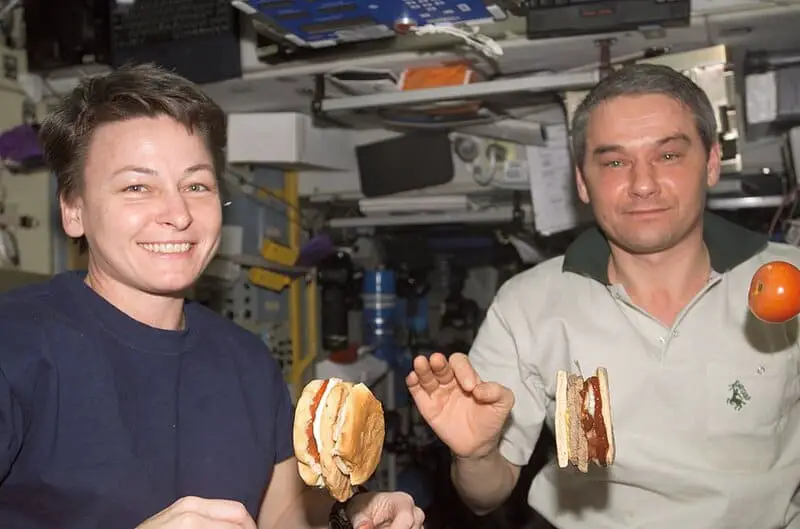
In the microgravity environment of space, astronauts often experience nasal congestion due to fluid shifts toward the head, leading to a diminished sense of taste and smell. This congestion can make food appear bland, prompting astronauts to prefer spicier or more flavorful foods. For instance, Canadian astronaut Chris Hadfield noted that eating in space is like having a head cold, making foods like shrimp cocktail with horseradish sauce particularly appealing. (issnationallab.org)
Conclusion
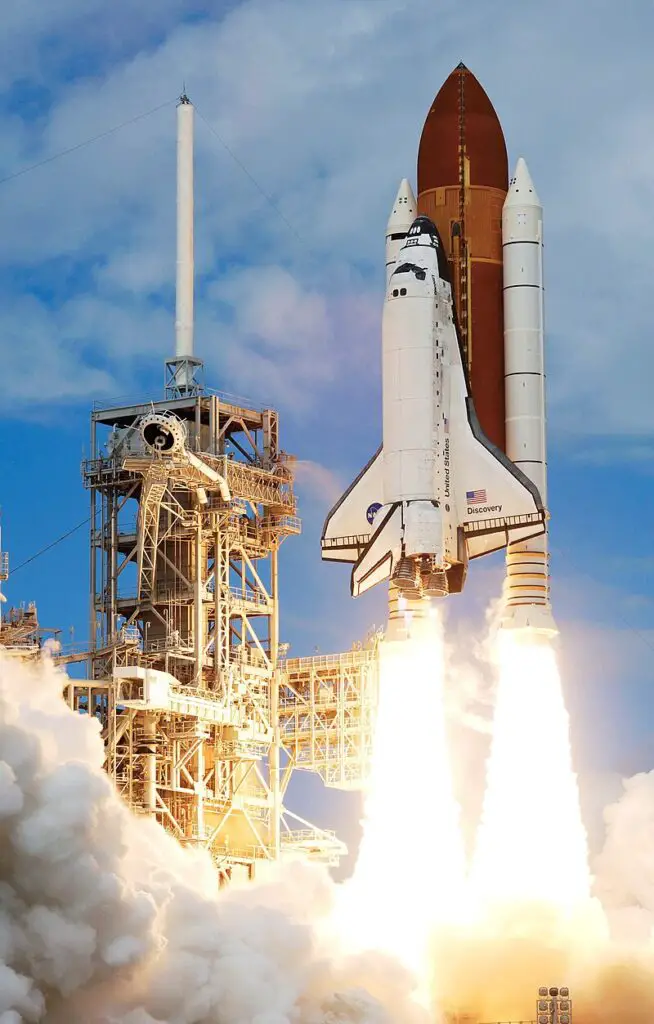
Space travel induces profound changes in the human body, challenging astronauts to adapt for survival beyond Earth. Ongoing research, such as NASA’s Human Research Program, is crucial for developing strategies to safeguard health during extended missions to the Moon, Mars, and beyond. (nasa.gov) This research aims to mitigate risks associated with space radiation, isolation, and other stressors, ensuring the well-being of future explorers. (nasa.gov)
Disclaimer
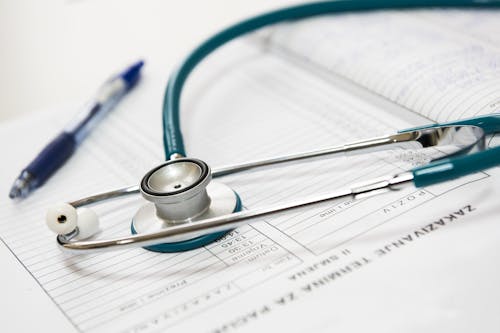
This article is for informational purposes only and does not provide medical advice. For concerns about space health, consult a qualified healthcare or aerospace medicine professional. (nasa.gov)
.article-content-img img { width: 100% }



Vielleicht interessiert es Sie:
Wussten Sie! Minensuchratten auf dem Schlachtfeld und sie sind super effektiv!
Wie viele Giraffenarten gibt es? Leben sie alle in Afrika?
Der Vogel ist das Weibchen der Vögel: wahr oder falsch?
Warum bauen Biber Dämme? Welchen Nutzen?
Warum leben manche Tiere nachtaktiv? Welche Vorteile?
Küssen Tiere? Ist das die gleiche Bedeutung wie Menschen?
200+ Hilarious Seahorse Jokes That Will Make You Smile and Giggle
200+ Funny Investment Jokes to Boost Your Financial Humor Game